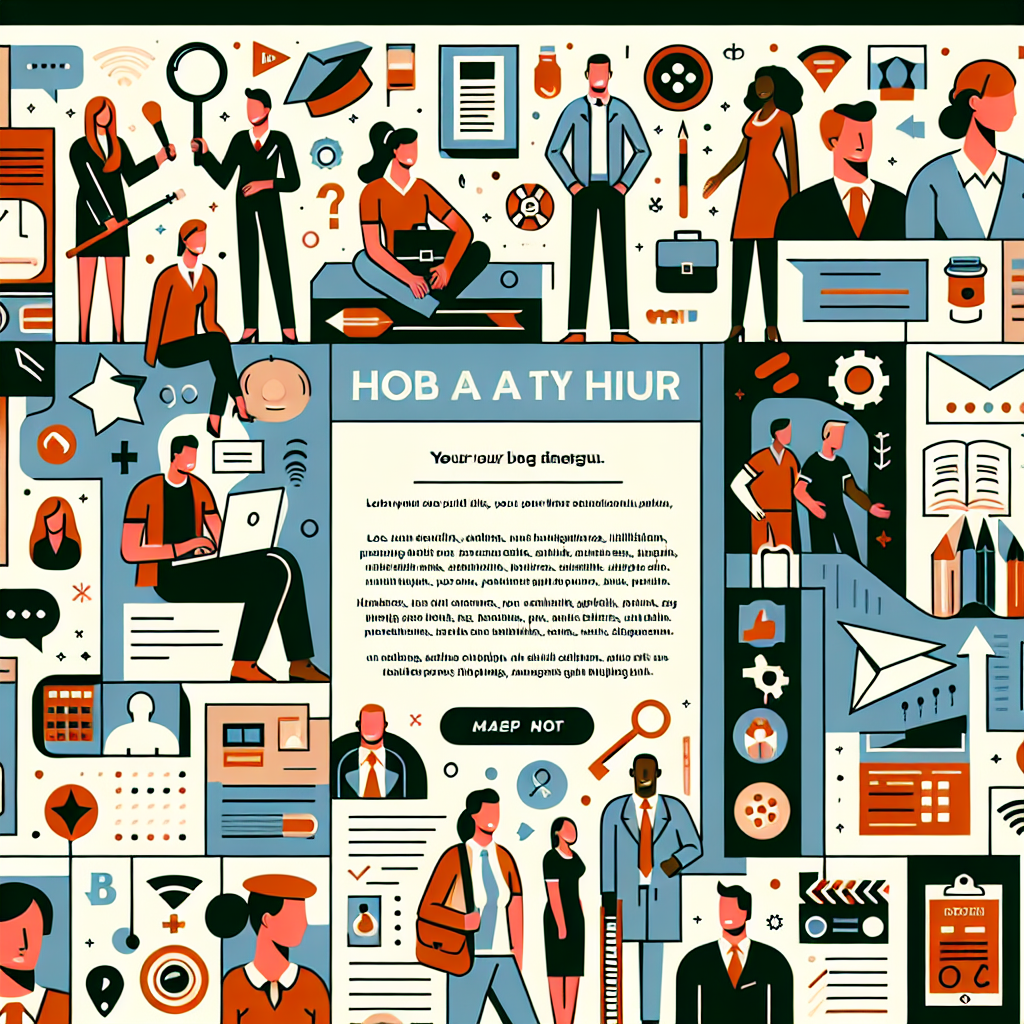If you’re wondering How To Get Started With Career Interest, the first step is often quieter and simpler than you expect: listen. Many people assume a career switch or clearer focus requires dramatic moves, but starting with small, intentional steps—clarifying values, testing ideas, and gathering information—creates momentum without unnecessary risk. This guide walks through practical, research-backed actions you can take right away so interest becomes direction and then progress.
Getting started with career interests: clarify what matters
Begin by identifying what energizes you and what you want from work beyond a paycheck. Ask questions such as: Do I want impact, autonomy, stability, creativity, or income growth? Use short exercises—values lists, a strengths inventory, or a week-long log of tasks that felt satisfying—to spot patterns. These simple diagnostic tools turn vague curiosity into a prioritized list of possibilities.
Practical self-assessments
Try free or low-cost assessments (skills checklists, personality inventories) and reflect on past roles where you felt most engaged. Talk with friends, mentors, or a career counselor for external perspectives. The goal is not to lock into a single identity but to create a shortlist of themes you can explore further.
Research options and learn the landscape
Once you have themes, research careers that align with them. Read job descriptions, industry reports, and professional association pages. Use government and education resources for unbiased labor market information and typical educational requirements.
For a reliable overview of how occupations are categorized, projected growth, and required skills, consult the Occupational Outlook Handbook overview. That resource helps you compare roles on pay, outlook, and day-to-day tasks so choices are based on evidence rather than assumptions.
Build skills with targeted learning
Rather than trying to master everything, choose one or two in-demand skills that bridge your current experience and your target role. Short online courses, community college certificates, volunteering, or apprenticeships can provide both learning and proof-of-work for your resume. Create a 60–90 day plan with measurable milestones (complete a course, build a portfolio project, or conduct informational interviews).
- Map transferable skills from past roles to new fields (communication, project management, problem-solving).
- Create a small, demonstrable project to showcase competency.
- Set weekly learning blocks and a public accountability check-in.
Experiment through networking and micro-experiences
Testing interest in low-risk ways saves time. Conduct informational interviews, attend local meetups or webinars, and ask to shadow someone for a day. Freelance gigs, short-term contracts, or volunteer roles offer real-world signals about fit without full commitment. Keep notes on what you enjoy and what drains you—these observations are gold when refining direction.
For people making larger life transitions—such as a mid-career restart—tailored resources and success stories can be especially motivating. If you’re exploring a fresh start later in life, see this resource on starting fresh: new career paths for women at 50 for practical ideas and examples.
Prepare for the job search or pivot
When you’re ready to move from exploration to application, update your resume and LinkedIn to highlight relevant projects and transferable achievements. Practice concise storytelling about why you’re shifting focus and the value you bring. Tailor your applications by mirroring the language of job postings and quantifying impact where possible.
Interviewing and negotiation
Prepare concrete examples that show adaptability and learning. If compensation or title expectations differ from your past roles, research market rates and be ready to negotiate based on demonstrated contributions rather than past salary alone.
Stay adaptable and iterate
Career interest evolves. Treat each step as an experiment with data for future choices. If a path doesn’t fit, extract learnings and pivot. Maintain a growth mindset: combine curiosity with disciplined action and you’ll convert initial interest into a sustainable career direction.
Quick action checklist
- Complete one self-assessment and list three recurring interests.
- Research two realistic roles and note required skills.
- Enroll in a short course or start a small portfolio project.
- Schedule three informational interviews within 30 days.
FAQ
Q: How long does it take to move from interest to a new role?
A: It varies widely—some shifts happen in months, others in a year or more. The timeline depends on the skills gap, market demand, and how intensively you pursue learning and networking.
Q: Do I need a degree to change careers?
A: Not always. Many fields value demonstrable skills and experience. Certificates, portfolios, volunteer work, and project-based proof can substitute for formal degrees in many cases.
Q: What if I’m overwhelmed by choices?
A: Narrow decisions by testing one small pathway at a time. Use short experiments—courses, volunteer tasks, informational interviews—to obtain concrete feedback before committing.



